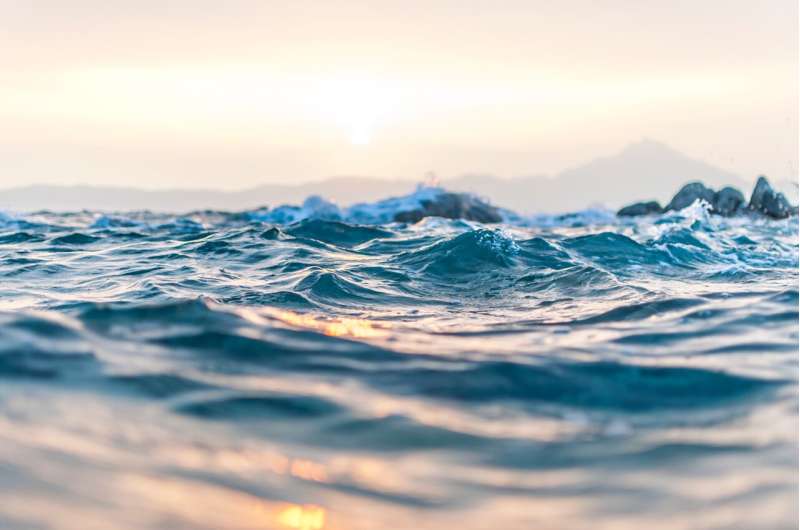Study unveils interannual modulation of subthermocline eddy kinetic energy in region east of the Philippines

The region east of the Philippine coast has energetic mesoscale eddies and high eddy kinetic energy (EKE) in the subsurface layer. These eddies play essential roles in the intraseasonal variation of western boundary currents and the northward intrusion of South Pacific water.
However, due to the lack of long-term continuous observations focusing on subthermocline eddies in this region, most of the previous studies tend to concentrate on the statistical characteristics. Thus, the temporal variation of subthermocline eddies and their associated EKE are not fully understood.
Based on long-term subsurface mooring observations and model outputs, a research team led by Prof. Hu Dunxin from the Institute of Oceanology of the Chinese Academy of Sciences (IOCAS) recently revealed the interannual modulation of subthermocline EKE in the region east of the Philippines and its connection with the El Nino and Southern Oscillation (ENSO) events.
The study was published in Journal of Geophysical Research: Oceans on May 5.
The researchers analyzed two mooring Acoustic Doppler Current Profilers measurements with two to four years of records at 130°E section. They found that the EKE in the region east of the Philippines in the subsurface layer (300–700 m) showed distinguished interannual variation, which is associated with ENSO events.
Further analysis indicated that almost every El Nino was followed by an elevation of subthermocline EKE, and the variation of EKE generally lagged behind the Nino3.4 index by 14 months. The modulations of both baroclinic and barotropic instability of background flows were the main cause for the interannual variation of subthermocline EKE, and the barotropic instability was dominant.
Barotropic instability is related to different background currents. In the southern and northern part of the Philippine coast, it is related to the subsurface component of the anticyclonic Halmahera Eddy (HE) and the Mindanao Undercurrent (MUC) respectively. Both MUC and HE are modulated by the westward-propagating first-mode baroclinic Rossby wave excited by the wind stress curl anomalies west of the dateline during ENSO events. Therefore, MUC/HE and the corresponding subthermocline EKE lag behind the Nino3.4 index.
"Traditionally, baroclinic instability is considered as the primary energy source of subthermocline eddies east of the Philippine coast. In this study, we show that barotropic instability is also important to the generation of subthermocline eddies, especially in the local region east of the Mindanao Island," said Hui Yuchao, first author of the study.
"This work has promoted our understanding of the multi-scale variability of the subsurface circulation in the western tropical Pacific," said Zhang Linlin, corresponding author of the study.
More information: Yuchao Hui et al, Interannual Modulation of Subthermocline Eddy Kinetic Energy East of the Philippines, Journal of Geophysical Research: Oceans (2022). DOI: 10.1029/2022JC018452
Provided by Chinese Academy of Sciences



















